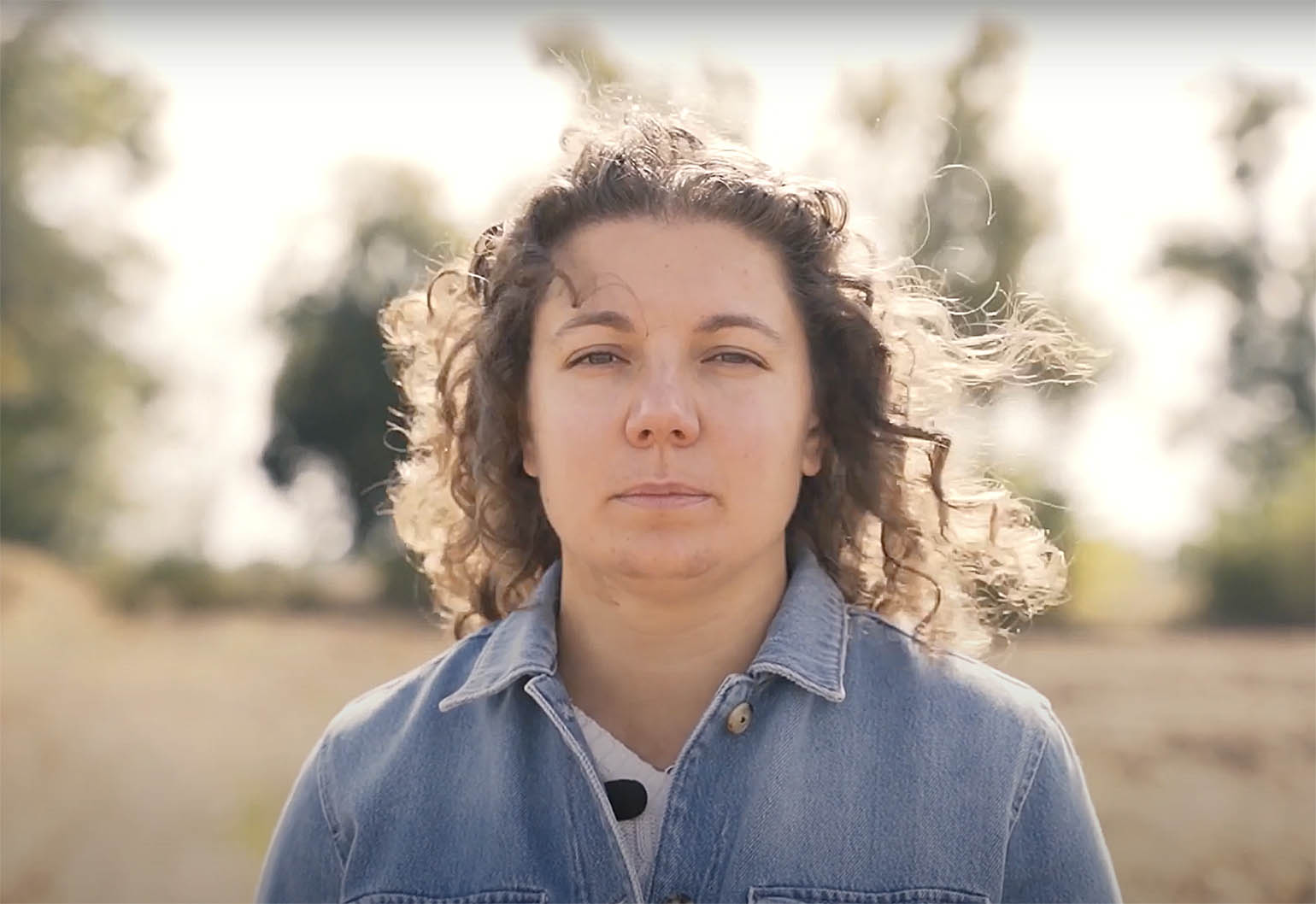“Our business has evolved quite significantly to use the same tools with the same premises and modeling frameworks, but to underpin decisions with a different level of credibility and scale,” she said.
Upgrade
Around one-fifth of global carbon output comes from agriculture, so decarbonizing the sector could play a critical role in meeting emissions targets. Volkova herself moved to Los Angeles as Regrow expanded significantly in the United States.
“We monitor nearly the entire US production system for adoption of regenerative practices and associated ecosystem outcomes — that’s over 300 million acres,” she said.
“The way we have evolved over the past four years and the impact that is starting to create gives me great satisfaction.”
Indeed, the company manages more than 25 major projects in various regions, as well as different crops and production systems.
One such project is working with food giant Kellogg’s on decarbonizing its rice supply chain for foods such as Kellogg’s Special K.
“We are working with farmers to make modifications to their irrigation systems in the rice fields to mitigate their methane emissions,” she said.
“We work to have an impact on a physical system. It’s a complex decision – farmers need to regulate, monitor and manage irrigation in a timely manner, and according to the needs of the crop at the growth stages, as well as taking into account other nuances such as evapotranspiration.
Volkova explained that Regrow does not install the engineering infrastructure, but works to improve their connectivity and decision-making.




/cloudfront-ap-southeast-2.images.arcpublishing.com/nzme/6T7AOCYRTT6UCWWOE4ZFSTE5BM.jpg)